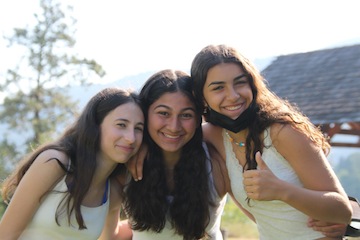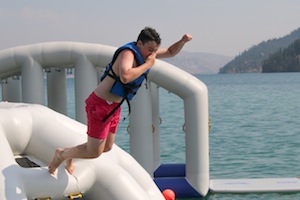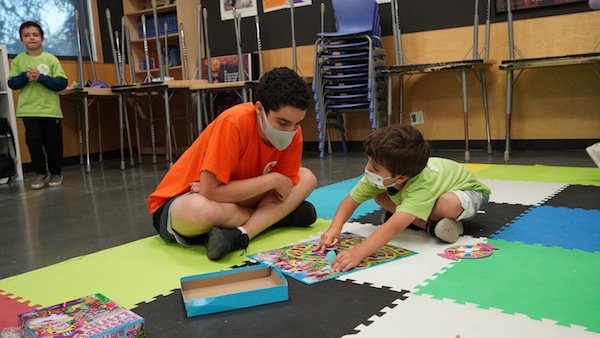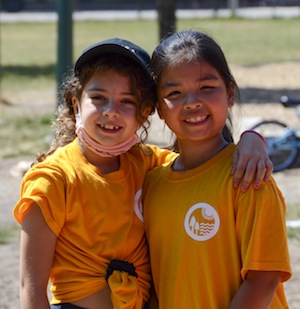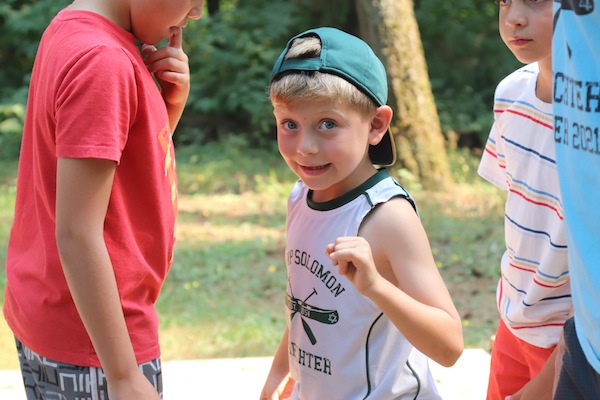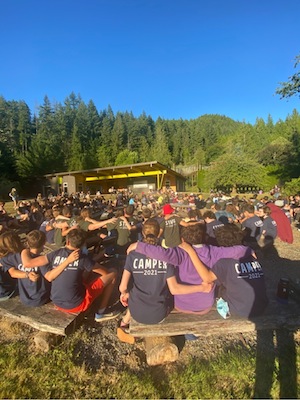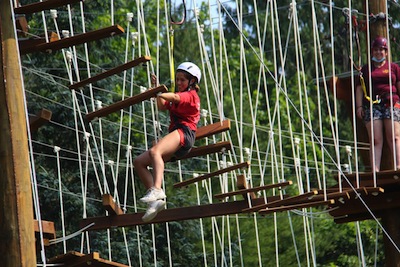The Committee on Teaching and Learning of the American Academy of Religion has honoured Rabbi Dr. Laura Duhan Kaplan with the 2022 Katie Geneva Cannon Excellence in Teaching Award, which recognizes the importance of teaching and celebrates outstanding teaching in the field.
Duhan Kaplan currently serves as the director of inter-religious studies and is a professor of Jewish studies at Vancouver School of Theology. The award committee was deeply impressed by her commitment to critical and trauma-informed pedagogy, meaningful interreligious dialogue and community engagement. They also noted her innovative classroom practices, including an intensive course that culminates in a public-facing conference on contemporary interfaith issues.
The American Academy of Religion, in Atlanta, Ga., is dedicated to the academic study of religion, with more than 5,000 members around the world. Its mission is to foster excellence in the academic study of religion and enhance the public understanding of religion.
***
Late last fall, storms flooded the entire cities of Princeton, Merritt and Abbotsford, and many other areas across the Fraser Valley. In response to the damage and displacement caused, the Jewish Federation of Greater Vancouver was among the organizations that set up mechanisms to aid those affected.
In November 2021, Federation opened the B.C. Flood Relief Fund with a $10,000 disbursement from its emergency relief fund. Since then, thanks to the support of hundreds of donors, including funds from Jewish Federation of Victoria and Vancouver Island, more than $359,000 has been raised.
To date, $36,000 has been given to Gurdwara Dukh Nivaran Sahib (Surrey Sikh Temple) and the Guru Nanak Food Bank to offset the cost of shipping the goods to Merritt and renting a warehouse to establish a new food bank there, as well as to purchase blankets and air mattresses for people who were displaced by the flooding or lost their possessions or both.
Additionally, $50,000 has been used to purchase emergency kits for First Nations Emergency Services Society (FNESS) to distribute to 30 First Nations communities. As well, $25,000 has been directed to GiveClear to support ongoing efforts, which includes $12,000 to support displaced agricultural workers from Mexico whose belongings were lost in the floods.
On Feb. 14, Jewish Federation was one of the donors that participated in GiveClear Foundation Canada’s Celebration of Giving event at Arnold Community Church in Abbotsford. The online platform, a registered charity operated out of Abbotsford, created a quick and simple way for people and businesses to donate to local flood recovery and, so far, more than $600,000 has been raised through various campaigns facilitated by GiveClear.
Jewish Federation has formed key partnerships to maximize the impact of the B.C. Flood Relief Fund, and it takes networks both within Federation and beyond to nurture these relationships. Much of what has been accomplished in the last several months is the result of many years of ongoing efforts. Shelley Rivkin and Rabbi Philip Bregman from Federation’s office, and Nico Slobinsky and Etti Goldman at the Centre for Israel and Jewish Affairs, have done invaluable work in this area.
***
In July 2020, the Jewish Federation of Greater Vancouver established the Community Recovery Task Force, chaired by Risa Levine. Combined with the emergency funds released at the start of the initial lockdown almost two years ago, Federation has distributed nearly $1,320,000 to aid community recovery from the impact of COVID.
Here is a summary of Community Recovery Fund distributions to date:
- Initial grants ($593,100) addressed the immediate consequences of the pandemic on the day-to-day operations of local organizations in the areas of technology, mental health, operational losses, COVID-associated expenses, critical social services, and capacity building.
- Camp grants ($111,000) helped offset the significant expenses summer camps incurred in order to meet new public health guidelines.
- Capacity grants ($25,500) assisted organizations in hiring an outside facilitator to help them develop a recovery plan.
- Transformation grants ($385,000) are for developing innovative and collaborative programs and services that will lead to long-term change in the community.
- Transition grants ($200,000) enabled agencies to maintain stability and restore their revenue streams.
Additional funds have been distributed recently for continuing COVID needs, such as N95 masks for schools and community organizations, and small gifts to frontline community staff in special recognition of their outstanding commitment over the last year.
The task force’s final recommendation is that, when it is determined that the pandemic is truly over, if there are funds remaining, these should be used so that the community can continue to be prepared to help agencies in future crises.
A subcommittee of the task force, comprised of Levine, Candace Kwinter, Hodie Kahn, Shawn Lewis and David Porte, with additional assistance from Diane Switzer, has been formed to respond to anticipated needs as a result of the continuation of the pandemic. They will consult with Shelley Rivkin, Federation’s vice-president, global and local engagement, on the further expenditure of COVID recovery funds when new needs arise.
Federation thanks the task force – Levine, Porte, Kwinter, Kahn, Lewis, Andrew Altow, Jill Diamond, Michelle Gerber, Justin L. Segal and Isaac Thau – for their commitment, as well as Rivkin and Marcie Flom, executive director of the Jewish Community Foundation, who provided professional support to the task force, and everyone who has contributed to the Community Recovery Fund or helped in others ways.





